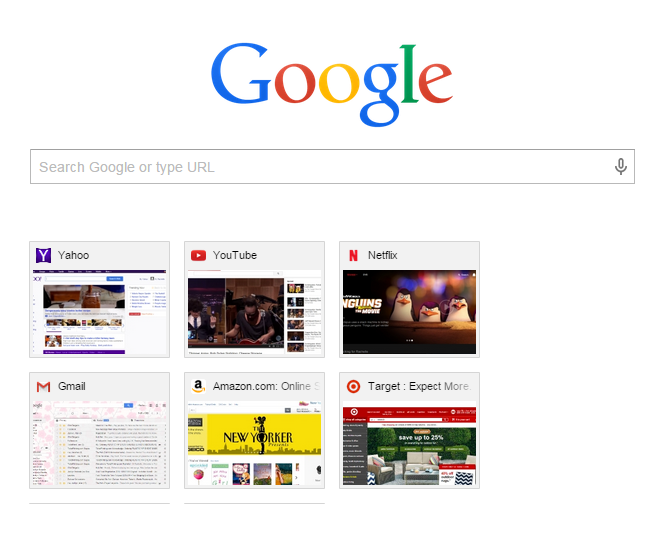

For instance, a sit-down restaurant's wait time reflects how long customers wait before they are seated.This is how sitelinks look on mobile: Example of Sitelinks on mobile Wait time estimation differs for different business types. The displayed wait time is based on patterns of customer visits over the last several weeks. It also shows the peak wait time for each day of the week. Wait time estimates: This data shows how long a customer would have to wait before they receive service during different times of the day.Visit duration estimates are based on patterns of customer visits over the last several weeks. Visit duration: This data shows how much time customers typically spend at your location.For example, in the image below, the highlighted section of the graph represents how active the location is right now compared to its usual level of activity.

Live visit data is updated in real time and overlaid on the popular times graph.

Popular times are based on average popularity over the last few months. Popular times graph: This graph shows how busy your location typically is during different times of the day.You can’t manually add this information to your location, and it appears only if Google has sufficient visit data for your business. To determine popular times, wait times, and visit duration, Google uses aggregated and anonymized data from users who have opted in to Google Location History. Popular times, wait times, and visit duration are shown for your business if it gets enough visits from these users. This data appears below your regular business information on Google Maps and Search. To help customers plan visits to your business, Google may show information such as popular times, live visit information, wait times, and typical visit duration.


 0 kommentar(er)
0 kommentar(er)
